But no one can doubt the ambition of London-based gaming company Tripledot Studios, which in June acquired the mobile games arm of AppLovin, an American tech company listed on the Nasdaq exchange, for $800 million (£590 million).
The acquisition means that Tripledot has quintupled its global headcount to 2,500 staff and expects combined revenues of $2 billion next year. The company says the deal will create one of the largest independent mobile gaming companies in the world.
The 47-year-old has certainly come a long way since receiving his first computer games console, a Commodore 64, for his tenth birthday. The eldest of four children growing up in Tel Aviv, Shiff showed great academic promise and graduated from high school two years early at 16. His father, an entrepreneur who owned an accounting business, was keen for him to study law and accounting at university, but Shiff dropped out after a single semester. “I hated it.” He eventually studied computer science and accounting at Tel Aviv University.
When he completed his degree in 1997, Shiff joined the Israel Defense Forces (IDF), where he became an officer within its intelligence arm, the Israeli Security Agency. He started as a programmer before moving on to more senior management positions, and eventually led a team of 40 engineers.
“What I did there for most of my time was building counter-terrorism technologies, which was very satisfying and fascinating. But I also learnt a lot about leadership and about how to build an organisation.”
Keen to move abroad after he had done an eight-year stint in the IDF, Shiff applied to study for an MBA at Stanford University in California. There, he was taught by pioneering technologists including Eric Schmidt, who was then the chief executive of Google. “You just got the most amazing access to the world’s best entrepreneurs,” said Shiff. “These people are … very smart, they’re hard-working and talented. But they’re not unicorns — they’re people. And that made success feel more achievable.”
At the end of the two-year course, he applied for jobs at big tech companies including Google and Meta, but he was not excited by the roles on offer.
Undeterred, Shiff launched a venture called Product Madness in 2007. He and his co-founder, Jose Brotons, built the first version of their product — a social shopping tool to help Facebook users buy products recommended by their friends — but it was a flop. Inspired by the Facebook features enabling users to “poke” their friends or give them flowers, they instead turned their attention to building simple applications and selling space to advertisers. They hit gold this time. “Very quickly we found ourselves still working out of my co-founder’s flat making $1 million a month in revenues, almost all in profits. We were very, very happy with ourselves.”
Next they turned their attention to building social casino games, such as Heart of Vegas, which were very successful. But by 2012, they had reached a crossroads: either they would have to take on a huge amount of investor money in order to challenge larger rivals, or they would need to sell the business. They opted for the latter, selling to Aristocrat, a US gaming company, for $26.1 million.
Tripledot’s Lior Shiff says of his previous tech venture Product Madness: “Very quickly we found ourselves still working out of my co-founder’s flat making $1million a month in revenues”
JOSHUA BRATT FOR THE SUNDAY TIMES
Amid all this, Shiff had moved to London in 2009 because, he said, casino games were big in Europe at the time and the founders felt they needed a presence there.
He also had a new family by 2012 and he hammered out the deal with Aristocrat while helping care for his newborn twin sons. “I remember having those very long conference calls starting at midnight UK time and we would be feeding one baby, put the baby to sleep, then take the other, feed him and put him to sleep, before finishing the call at 5am and going to bed.”
Shiff, who had decided with his wife to stay in London after making it their home, went on to complete a three-year “earn-out” with the acquirer. Many entrepreneurs count down the days until this period ends, but he says he enjoyed his time with Aristocrat.
Still, Shiff decided to “go and do it again from scratch”, and together with Eyal Chameides and Akin Babaygit, he launched Tripledot in 2017 after the trio spotted an opportunity to blend the revenue models of in-app advertising and in-app purchases.
• Games producer Tripledot achieves $1.4bn high score
One of Tripledot’s best-performing games to date is Solitaire, but Shiff has made a point of not having a single dominant product, and with the AppLovin acquisition, Tripledot now owns “hundreds” of games. “Unlike many of our peers, who are very dependent on one or two games — like King, which is a great company here but is fully dependent on Candy Crush — we’re not going to have a single game responsible for more than 10 per cent of our net revenue,” he said.
Tripledot presses “play”: the company has gone big game hunting
TRIPLEDOT GAMES
Covid gave the company a shot in the arm as it was able to pick up online advertising spots at a discounted rate as other big companies pulled their marketing budgets.
“We looked into our numbers and said, ‘OK, there’s lots of uncertainty, but we don’t think the world is going to end and people will still want to play our games. If anything, they’ll want to play more.’ And so for the first few months of Covid, we did a very aggressive marketing push.”
As a result, even prior to the AppLovin acquisition, Tripledot was growing at a blistering pace. Its most recent accounts filed at Companies House, for the year to December 31, 2023, show revenues of £340 million and a pre-tax profit of £52 million.
“One of the nice things about mobile games is it’s a very cash-generative business, so we became profitable a year and a half into the operation,” said Shiff. “We did raise money but not because we needed it — but to have firepower for [acquisitions].”
Another benefit of a healthy balance sheet is being able to respond quickly to unexpected events, such as Russia’s invasion of Ukraine in February 2022, which affected a Tripledot engineering team based at an office in nearby Belarus. It has since opened offices in Poland and Spain, where it has relocated 80 families, helping them with visas and finding housing and schools for employees’ children. It has also had to adjust salaries to match increased living expenses.
“The company was already in a financial place that we could do that, and we felt a lot of our success was due to those team members, so we wanted to support them as much as we could,” said Shiff. “The fact that we have the opportunity to give them and their families better lives is a massive privilege.”
Shiff says he’s not motivated by money — “I have enough”, he said — but by creating an exciting and nurturing place for people to work in. And also by the thrill of the chase: “I’m not a good enough athlete to compete in football or athletics, so my sport is business — trying to build the best company and to make it as successful as possible.”
Ask me anything
The best way to start the day … spending time with my kids. I drop one son at the bus stop and take the other to school, and my wife takes our two daughters.
Someone I admire … my dad. I learnt a lot from him, including people management and the softer side of business.
My best decision … to marry my wife, Maayan.
The best advice I was given … that business is just about common sense. You increase your revenue and reduce your costs to make more profit, and take care to treat people fairly — whether employees or partners. Despite it being very simple, many people don’t practise those things.
If I could tell you one thing … People like to tell the story that everything [on a graph of their business] is going up and to the right. But the reality is, it’s a rollercoaster. When you are down, you have to take a step back and understand that’s just part of the journey.



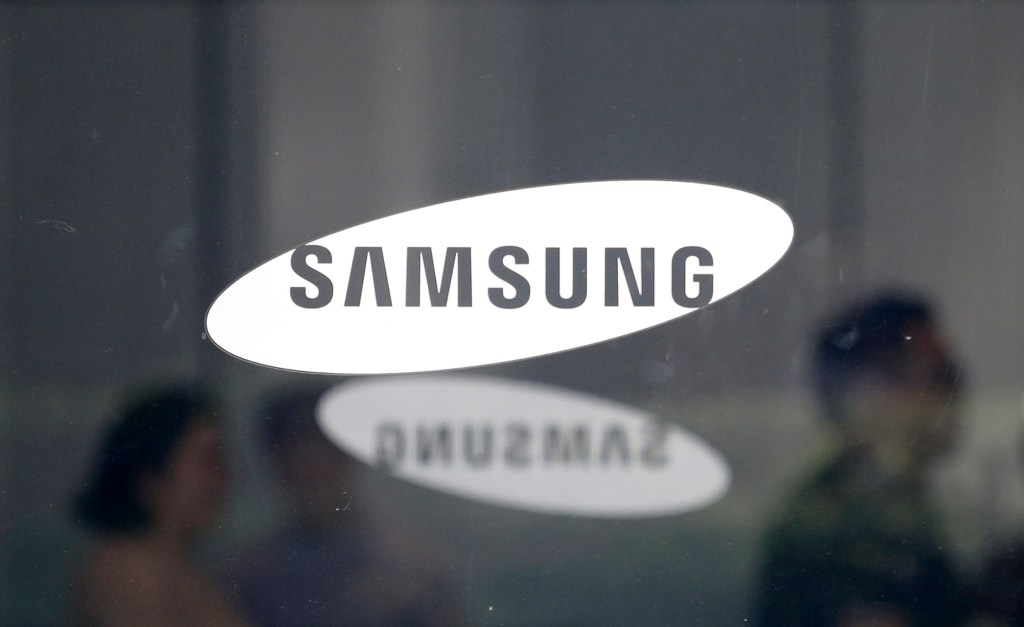


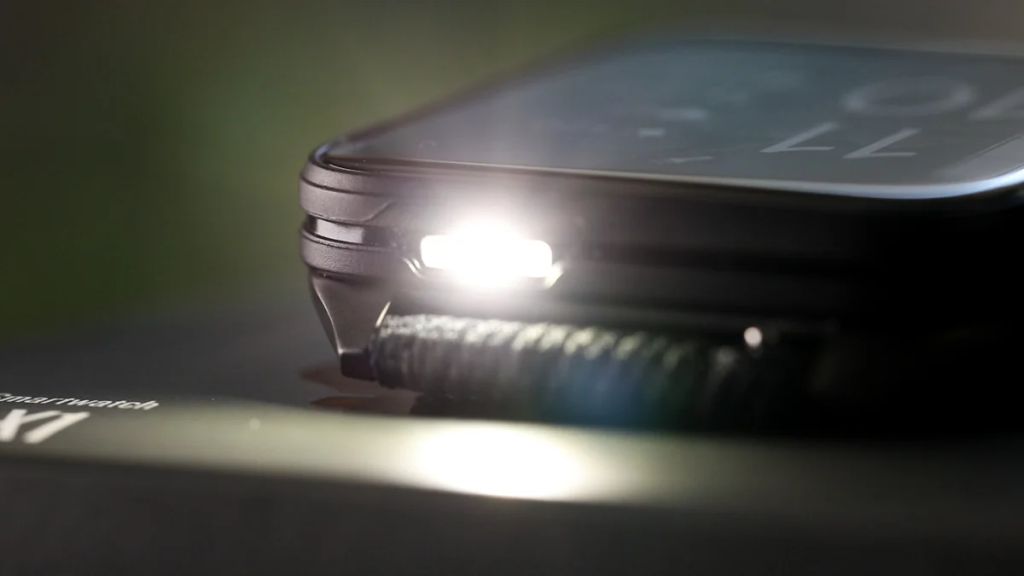
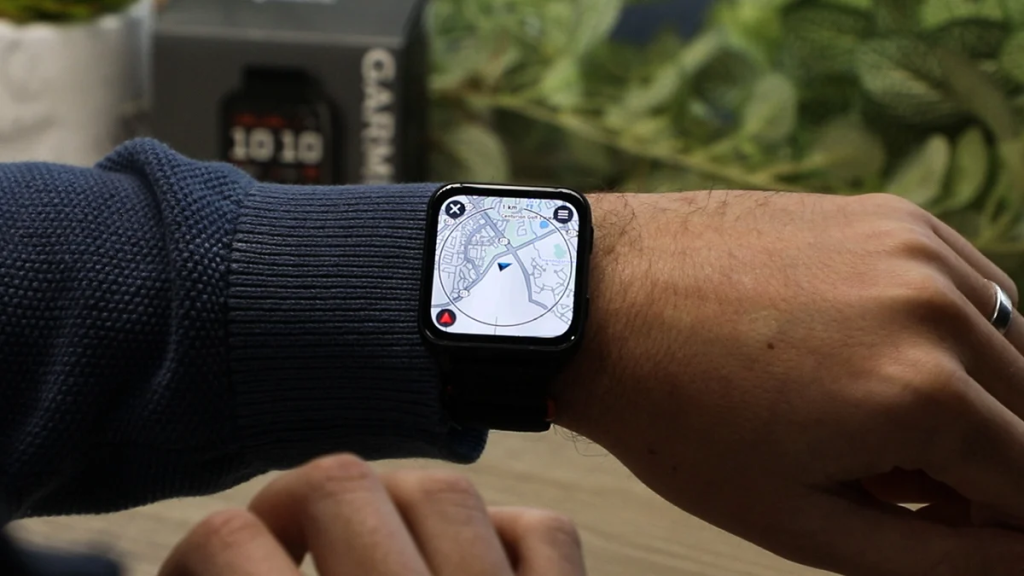
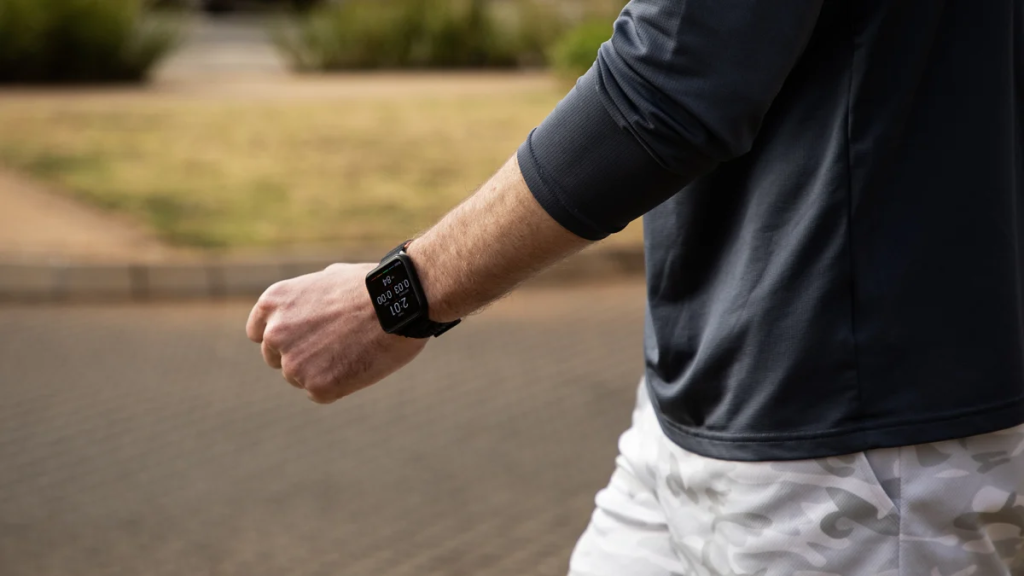




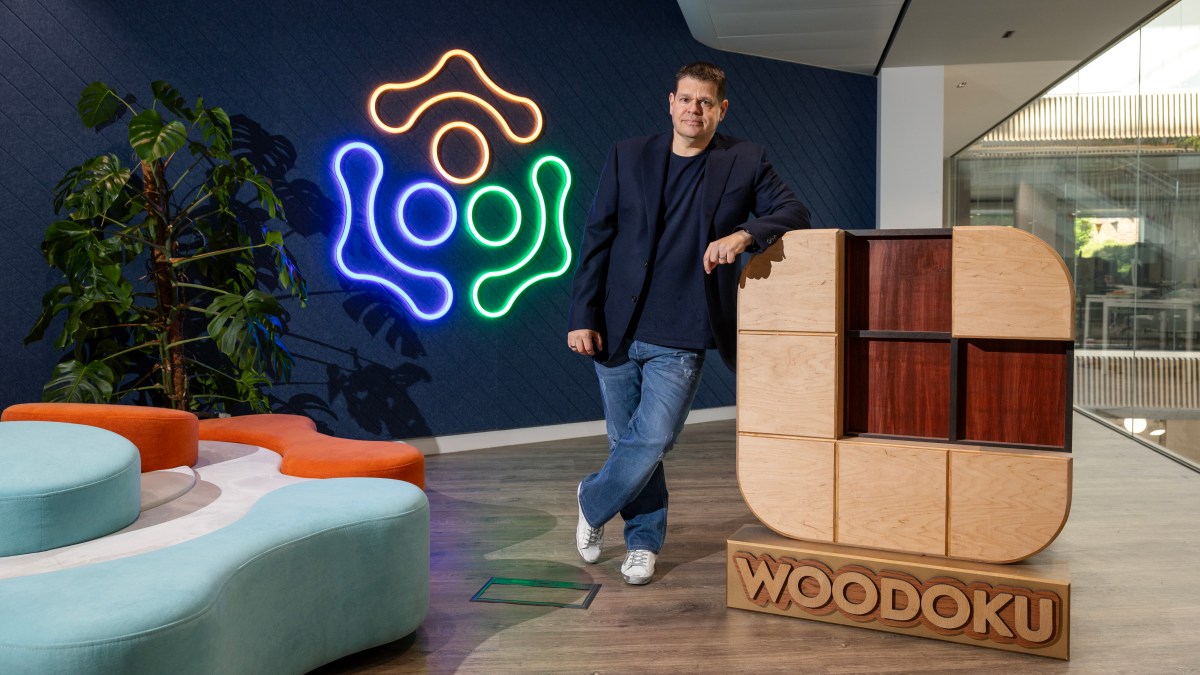


















 + Hiring Jason Kidd as head coach?
+ Hiring Jason Kidd as head coach? 

































